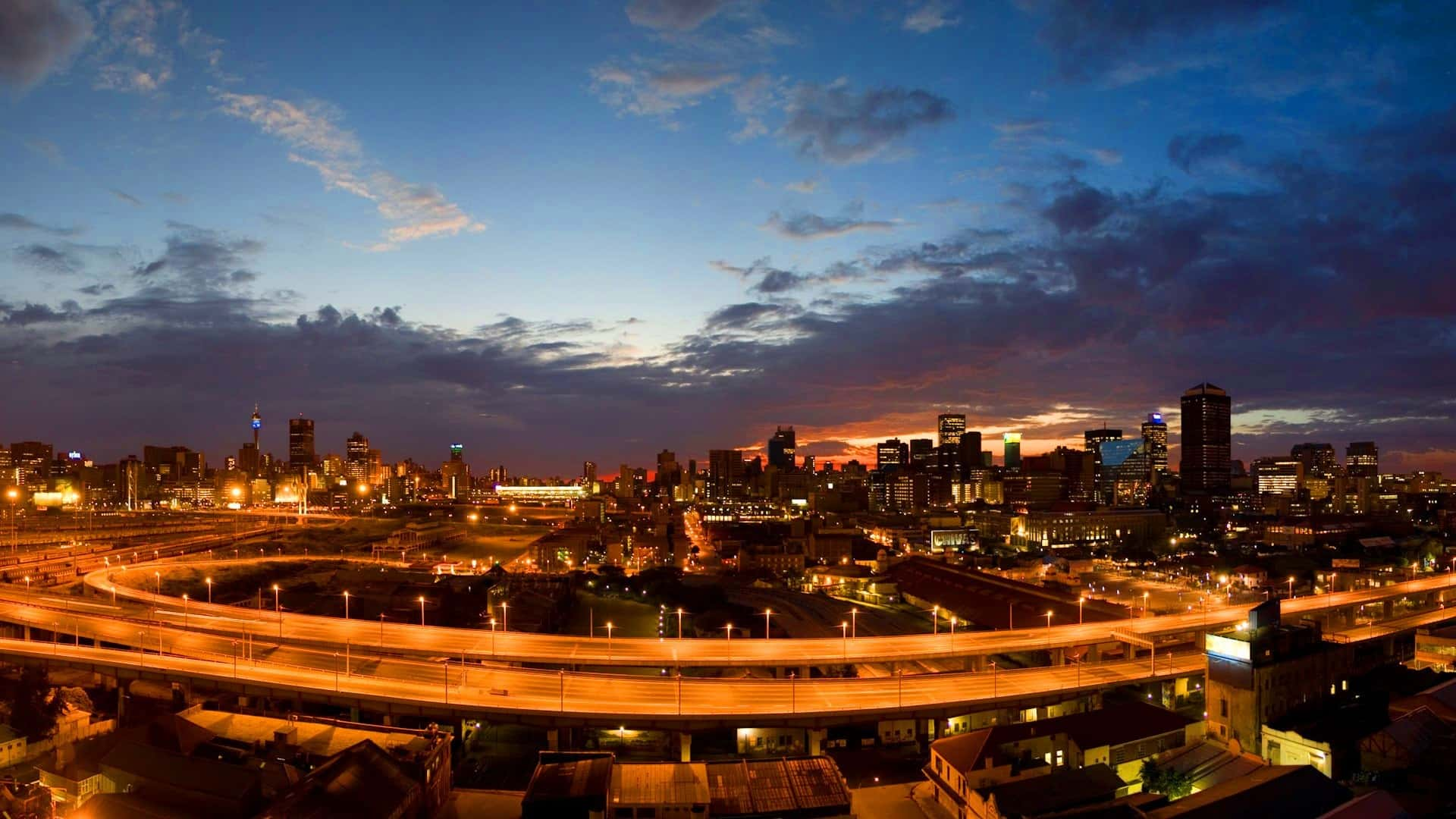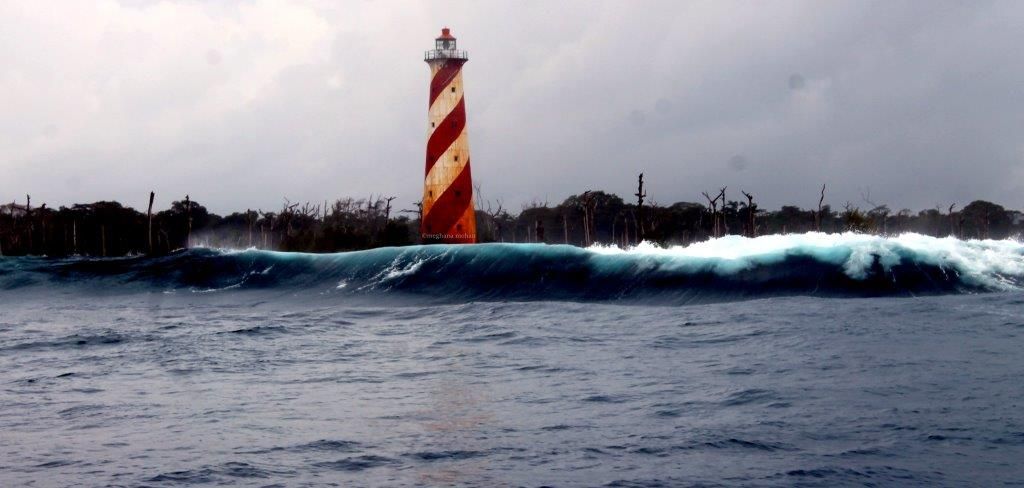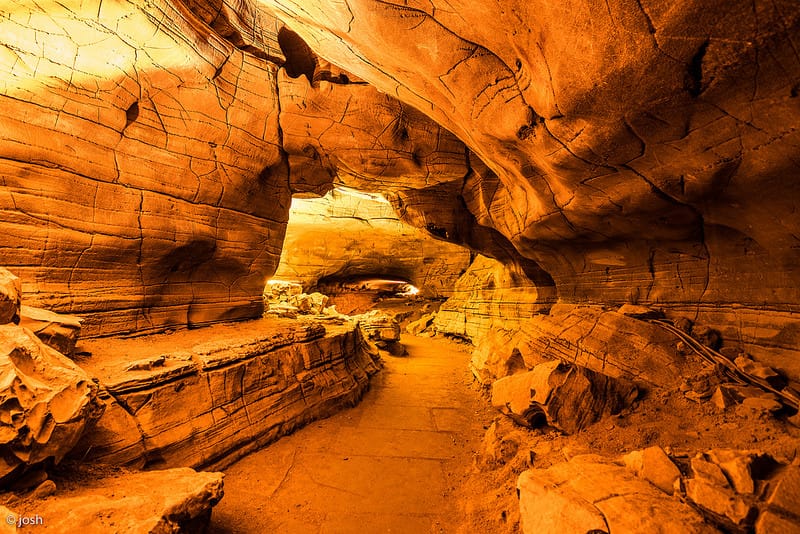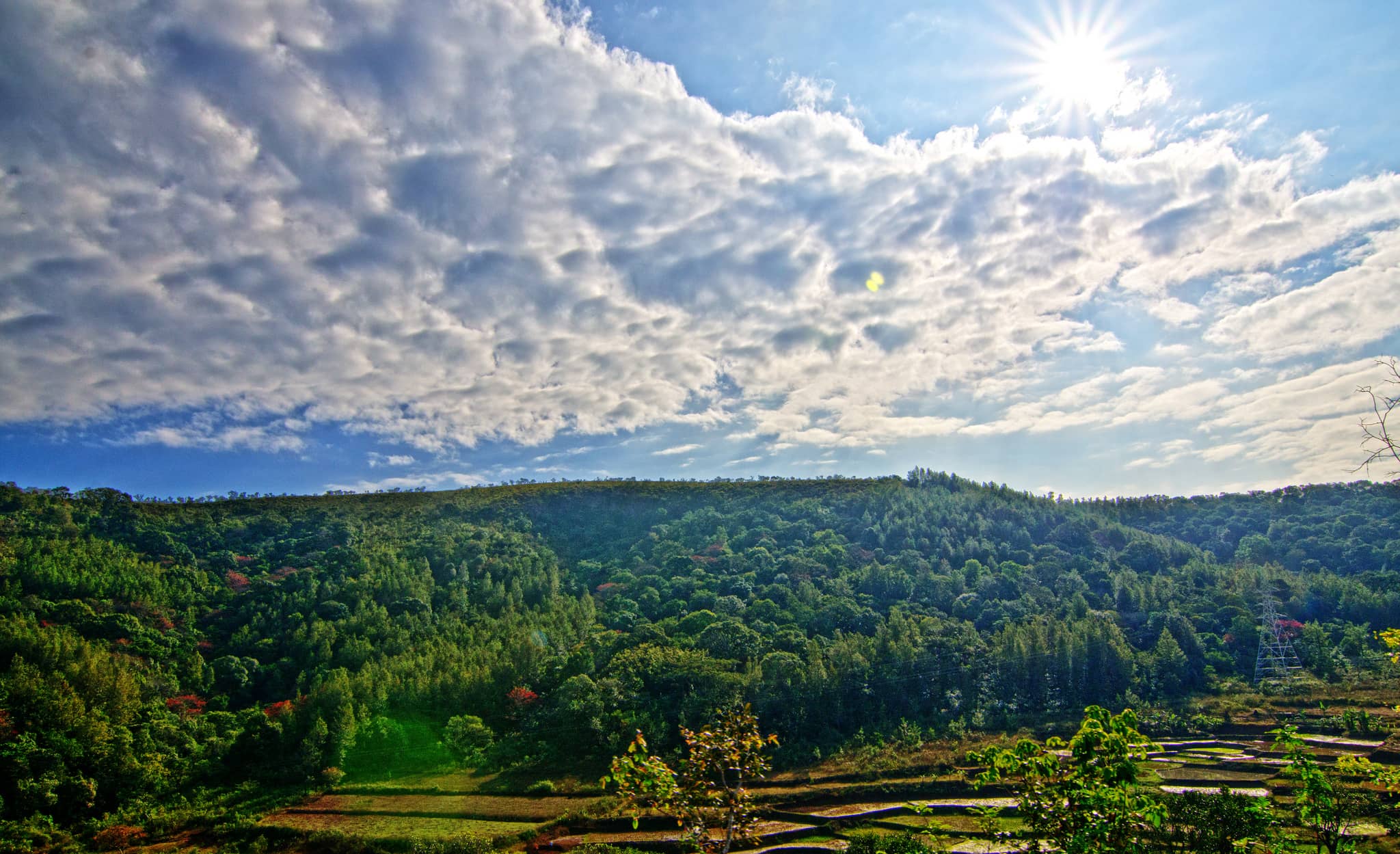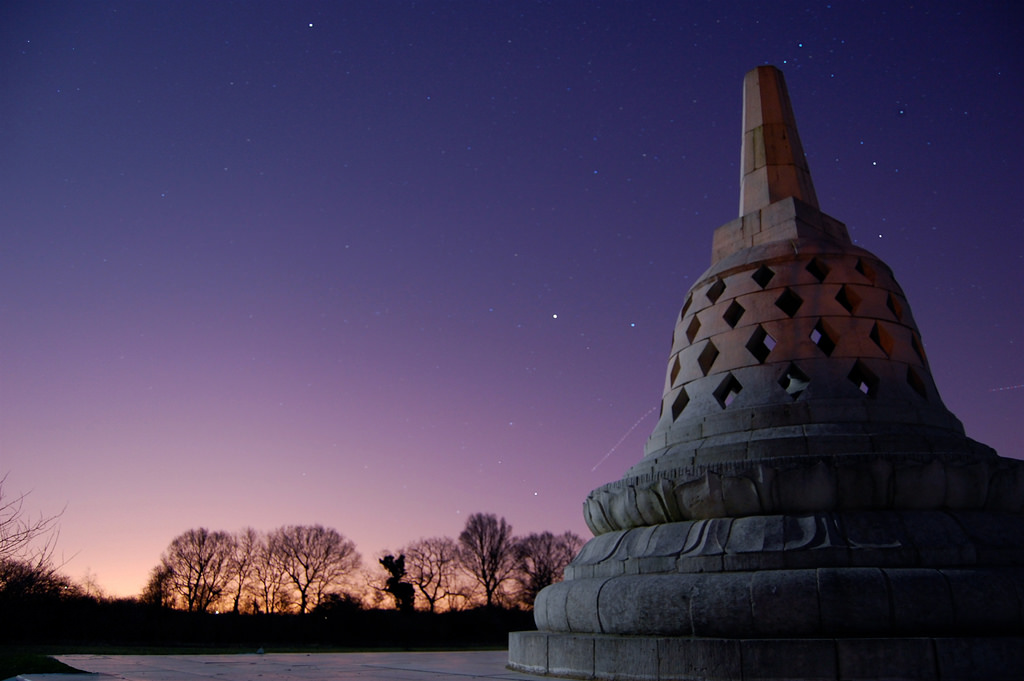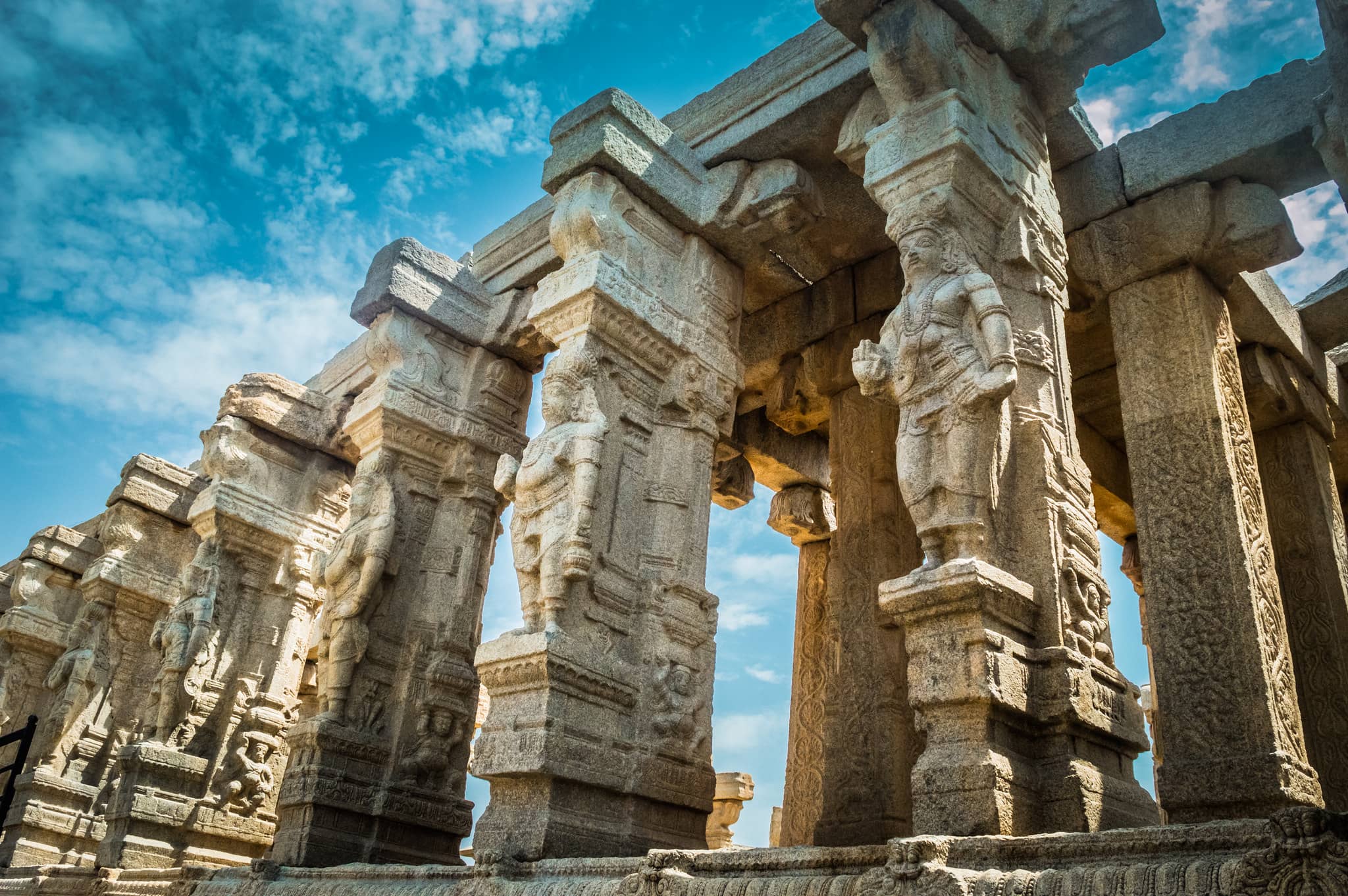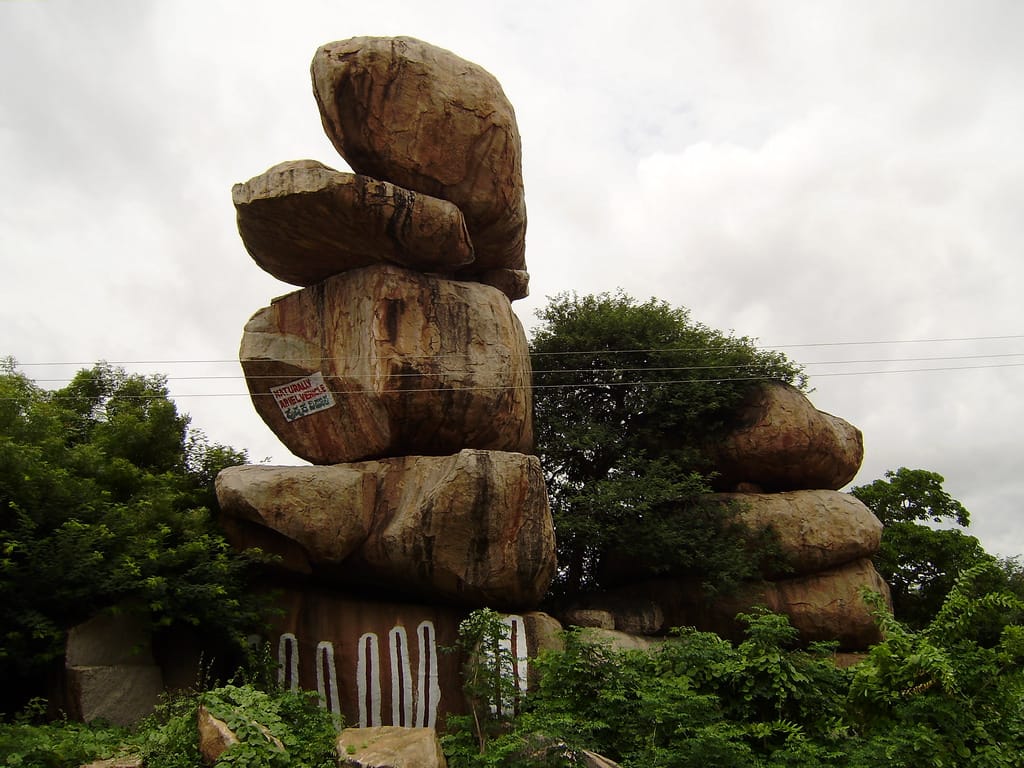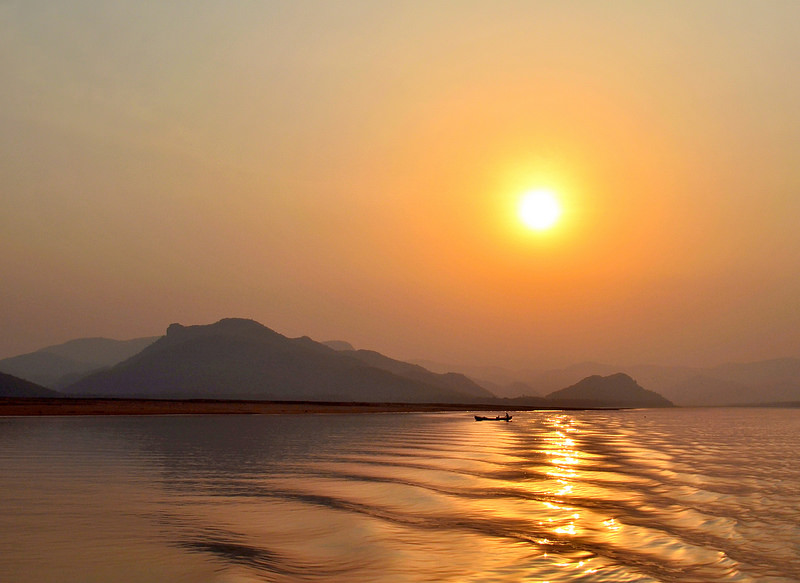Johannesburg, the largest city in South Africa and the capital of Gauteng province, was founded as a gold-mining settlement in the 19th century. The Soweto township, once home to Nelson Mandela and Desmond Tutu, now hosts the Mandela House museum. Other notable museums in Soweto include the Apartheid Museum and Constitution Hill, which highlight the history of the fight against segregation. To the northeast, Herman Eckstein Park features a boating lake and the Johannesburg Zoo. The Gold Reef City theme park offers both thrilling rides and a mining history tour. The Johannesburg Art Gallery showcases contemporary South African art and 17th-century Dutch paintings. Arts on Main, located in the trendy Maboneng district, is a converted industrial area filled with studios. For shopping, Sandton City Mall offers high-end stores, while the Rosebank Rooftop Market features African crafts, food, and live entertainment.
places to visit in Johannesburg
Gold Reef City
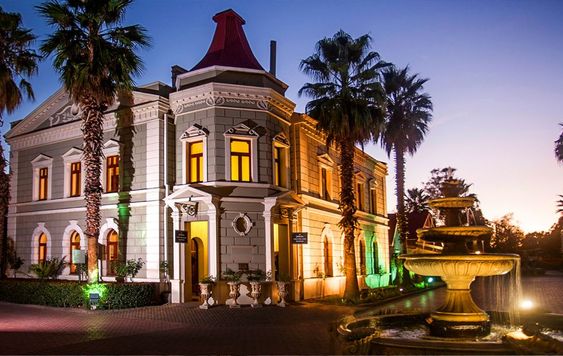
Gold Reef City is an amusement park built on the site of an old gold mine that closed in 1971, located in Johannesburg. The park is designed to reflect the gold rush era that began in 1886, with buildings that mimic the period. It has a museum showcasing the history of gold mining, where visitors can see gold ore veins and witness gold being poured. The park offers various attractions, including roller coasters, water rides, and the Gold Reef City Casino.
Apartheid Museum
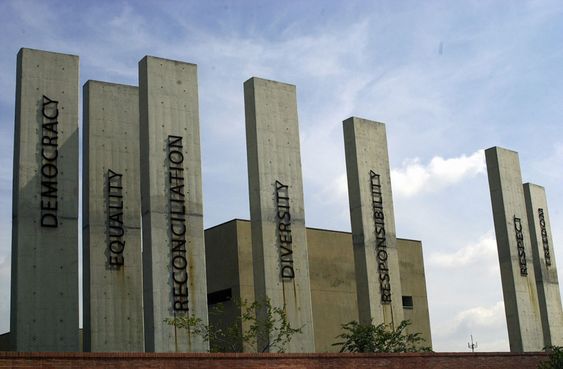
The Apartheid Museum in Johannesburg is dedicated to showcasing South Africa’s apartheid history and its 20th-century struggles. It is part of the Gold Reef City complex. The museum holds events several times a year to commemorate the end of apartheid and the beginning of South Africa’s democracy.
Cradle of Humankind
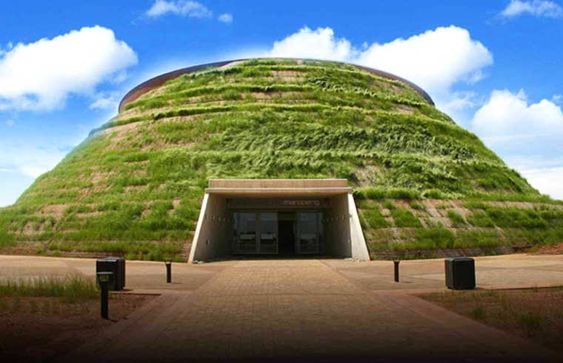
Located about 50 km northwest of Johannesburg, the Cradle of Humankind is a UNESCO World Heritage Site. It covers 47,000 hectares and includes a complex of limestone caves where hominin fossils, some dating back as far as 3.5 million years, have been discovered.
Montecasino

Montecasino, located in Fourways, Sandton, is a leisure complex designed to resemble an ancient Tuscan village. It includes a casino, shopping, and entertainment options. The main casino building features a ceiling painted to simulate the sky, transitioning from light to dark.
Carlton Centre

The Carlton Centre is a 50-story skyscraper in downtown Johannesburg. At 223 meters, it is the second tallest building in Africa and the tallest office building. The building includes offices, shops, and a below-ground shopping center with over 180 stores.
Nelson Mandela National Museum
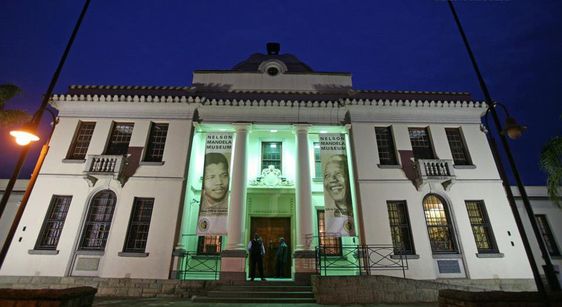
The Nelson Mandela National Museum, also known as Mandela House, is the home where Nelson Mandela lived from 1946 to 1962. Located on Vilakazi Street, the house shows the struggles Mandela faced, with bullet holes in the walls and scorch marks from Molotov cocktail attacks. It features original furniture, photographs, and memorabilia from Mandela’s life.
Klipriviersberg Nature Reserve
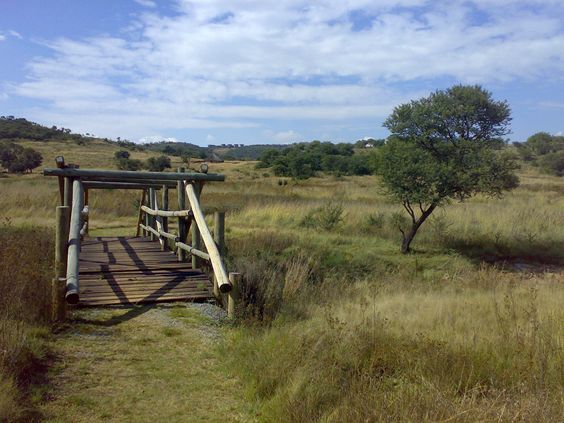
The Klipriviersberg Nature Reserve, located 11 kilometers south of Johannesburg, spans 640 hectares. It’s home to a variety of wildlife, including blesbok, zebra, wildebeest, and duiker. The reserve offers hiking trails and is rich in plant and bird species, along with archaeological sites.
Hector Pieterson Museum
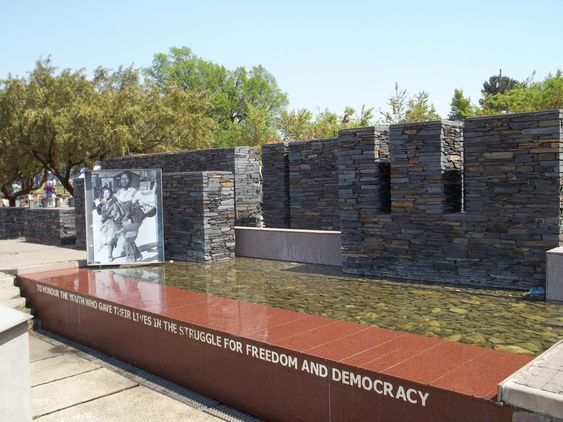
The Hector Pieterson Museum in Orlando West commemorates the 1976 Soweto Uprising, where Hector Pieterson, a 12-year-old boy, was killed. The museum exhibits films, photographs, and documents that tell the story of the protest, with the most famous being Sam Nzima’s iconic photograph of Hector.
Johannesburg Zoo
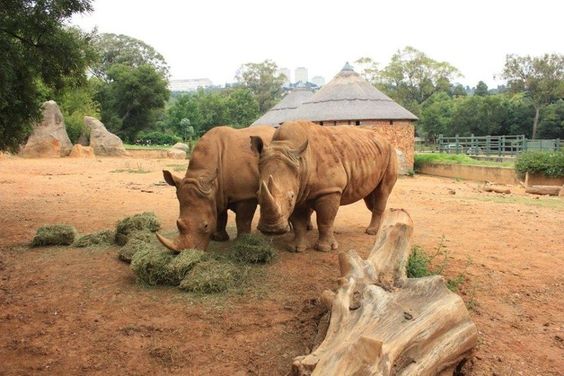
The Johannesburg Zoo spans 55 hectares and houses around 2,000 animals from 320 species. The zoo offers educational tours and activities such as night tours and overnight sleepovers, focusing on the care and conservation of wildlife.
Wits Art Museum
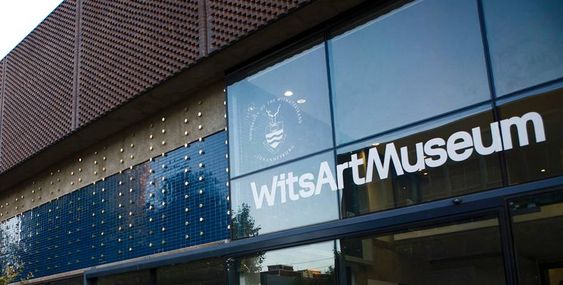
The Wits Art Museum (WAM) displays thousands of pieces of African art, ranging from historic to contemporary. The museum has collections from Southern, West, and Central Africa, including sculptures, beadwork, textiles, and ceremonial items. It offers a deep dive into African visual culture.
Best time to visit Johannesburg
The best time to visit Johannesburg is from March to May and September to November. During these months, the weather is warm and dry, making it ideal for outdoor activities. These periods also avoid the summer rains, providing clear skies and pleasant temperatures. The city is less crowded, allowing for a more relaxed experience. Whether exploring cultural sites or enjoying nature, these months offer perfect conditions for travel.
